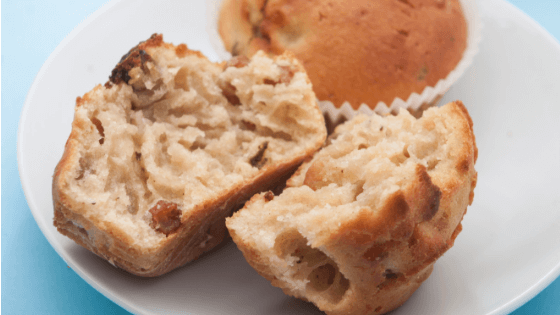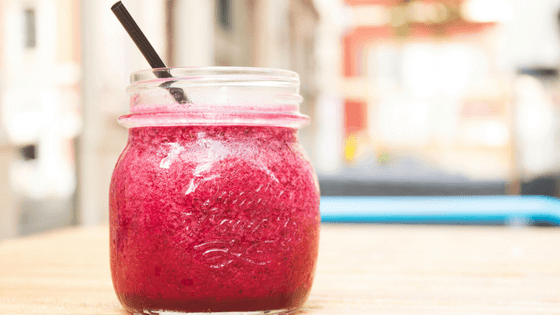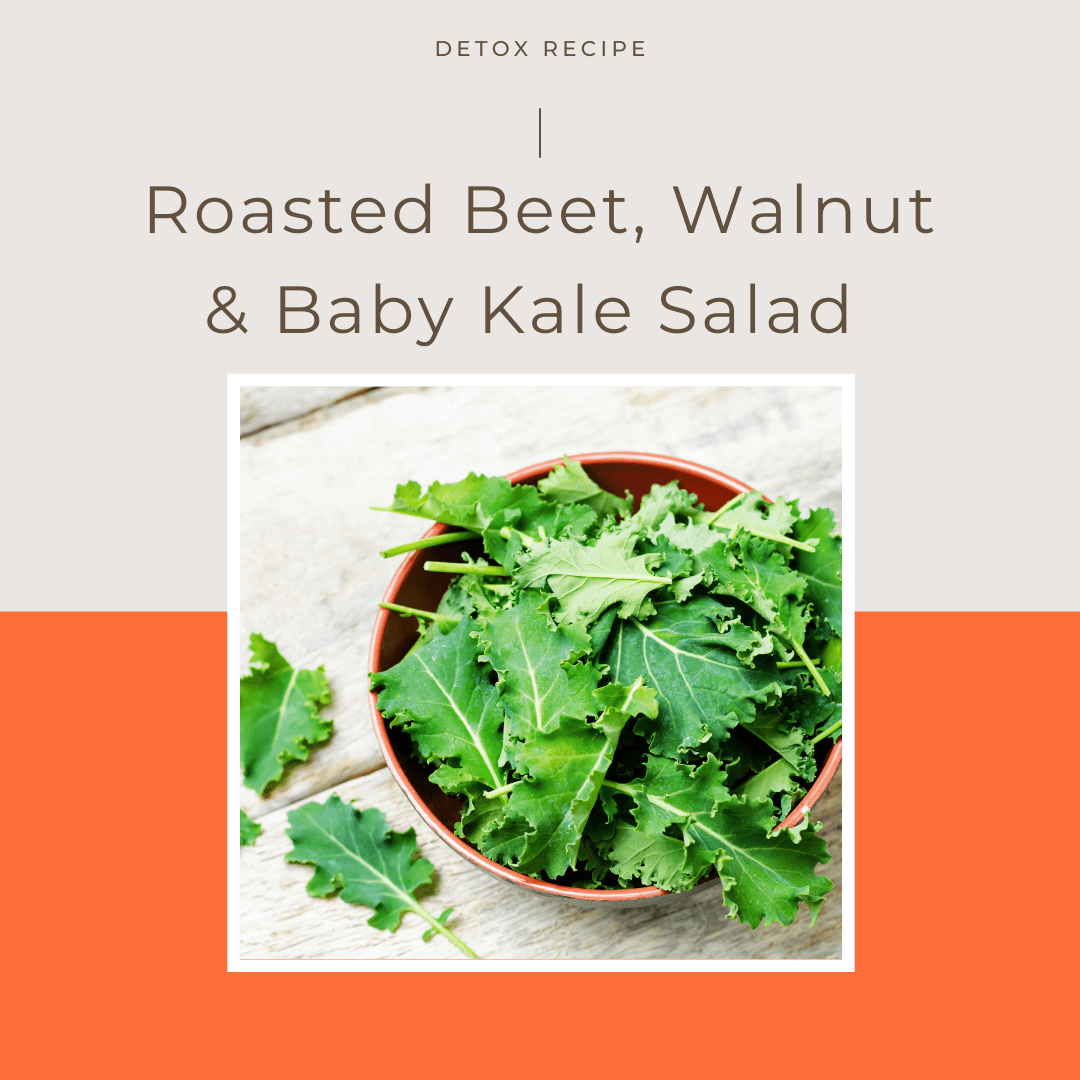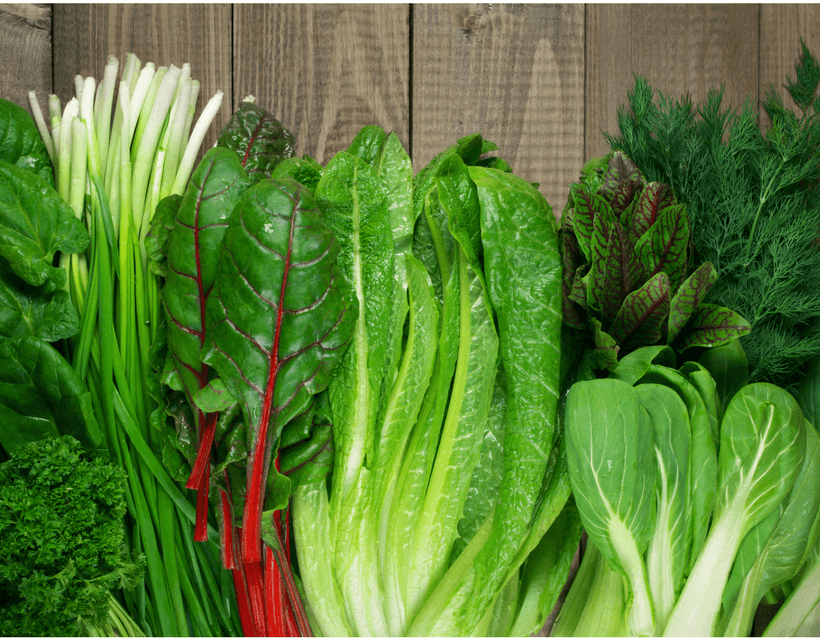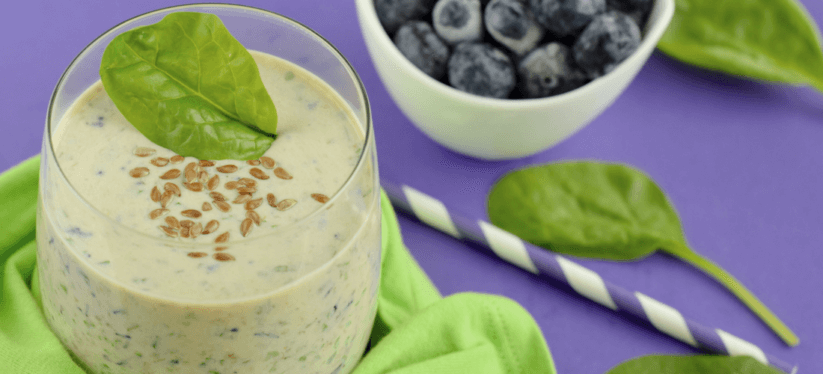
Start your day with a smoothie that will make you smile! This colorful and refreshing pineapple kale smoothie is a great way to add greens into your breakfast routine with a taste of the tropics. Kale has detoxifying benefits for the liver and pineapple is loaded with digestive enzymes that are good for the stomach. The coconut oil provides your body with healthy fats and a flavor that instantly transports you to a tropical island getaway. A VitaMix-type blender is the best blender to achieve a smooth consistency. There’s happiness in every sip!
Wondering how to pick a ripe pineapple?
It’s pretty easy, actually. Just follow these three steps and you’ll be choosing perfectly sweet, slightly tangy pineapples:
Check the color — The exterior of a pineapple changes from green to yellow as it ripens. The more yellow the exterior, the more ripe the fruit. Once it starts to turn an orangish color, it’s gone too far.
Give it a gentle squeeze — A ripe pineapple will “give” a little bit when you squeeze it. If it’s hard, leave it at the grocery store!
Smell it — If it passes your color and squeeze test, sniff the base of the pineapple. If it smells sweet and fruity, you’re good to go. If it smells funky, or like vinegar, it’s past its prime.
Pineapple Kale Smoothie
Ingredients
- ½ cup coconut water
- 1 tsp coconut oil
- ½ cup seeded and diced cucumber
- 1 cup fresh pineapple
- 1 cup loosely packed kale, washed, stemmed and chopped
- ½ tsp lime juice
Preparation
Blend all ingredients in a blender until smooth. Serves 1-2.
Serving Size: 1 cup
ENJOY!
Do you find that you start eating healthy but get derailed? Consider private coaching! I help people attain their goals by unraveling those self-sabotaging behaviors that get in the way. Let’s play! I’ll help you create new habits that lead to long-term change. Get what you want. Finally. Check out CoachMe
Meet Melissa: Melissa Rapoport is the Manager of Health Coaching and Lifestyle Programming at Blum Center for Health in Rye Brook, NY. She combines her graduate work in Developmental Psychology with her education in nutrition, health and coaching to create highly individualized programs that result in lifetime change. A contributing author to three international bestselling books, Melissa’s greatest joy is her relationship with her two daughters. To learn more about Melissa’s coaching practice at Blum Center for Health, click here.
